The Chadar Trek Expedition is one of the most one of a kind and testing treks in India. The 5-day chadar trek over the solidified Zanskar River in Ladakh happens during the last week of January till the last of February or even in the first week of March, it all depends on the weather conditions. Let us experience the best of Trekking In Chadar.
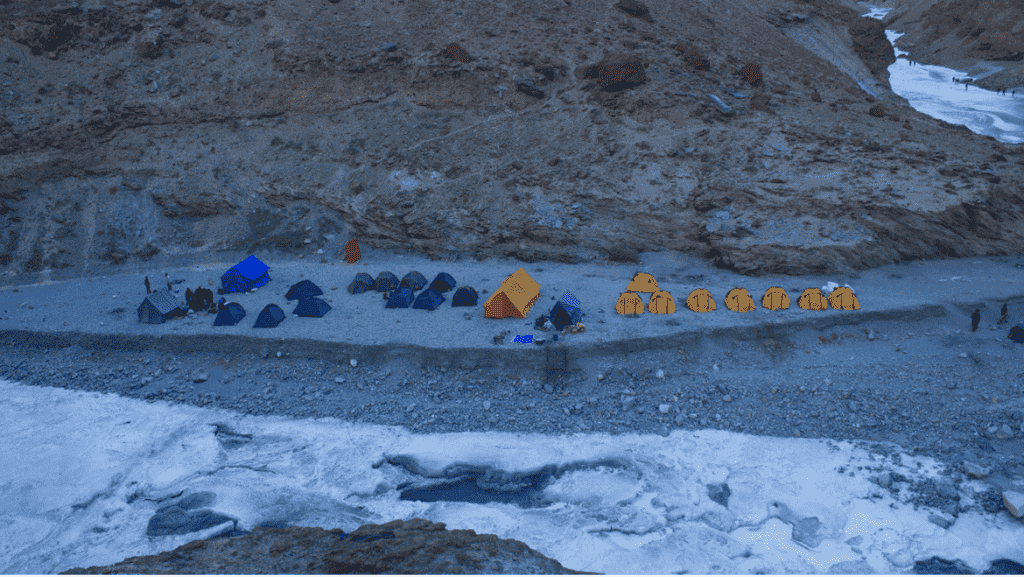
Local people or Zanskaris as they are popularly known goes from Zanskar to Nerak for exchanging the goods for the summer. During winters, the road is blocked and dangerous to travel so local people track along the Zanskar river which gets solidified. The thick cover of ice that the Zanskar waterway look like a white sheet which means Chadar in local language. Thus the trek along the solidified Zanskar River is known for the Trekking In Chadar.
Even though it appears a challenging trek, it isn’t the most troublesome; as it fundamentally is a level stroll along the Chadar with negligible measures of climbing. There’s a chance that you can stroll for two or three hours absent much strain, you are a great idea to go.
Schedule Trekking In Chadar
Day 1: Arriving at Leh for Trekking In Chadar
Leh as of now is canvassed in snow. Consequently, the best way to reach Leh is through the flight. The temperature during the day is near – 10 degrees and after nightfall effectively dives to – 15 to – at least 17. Your journey begins here, and if you can endure this cool, the trek would turn into significantly easy for you. Leh city is completely shut during this time, and just shops relating to basic things are opened.
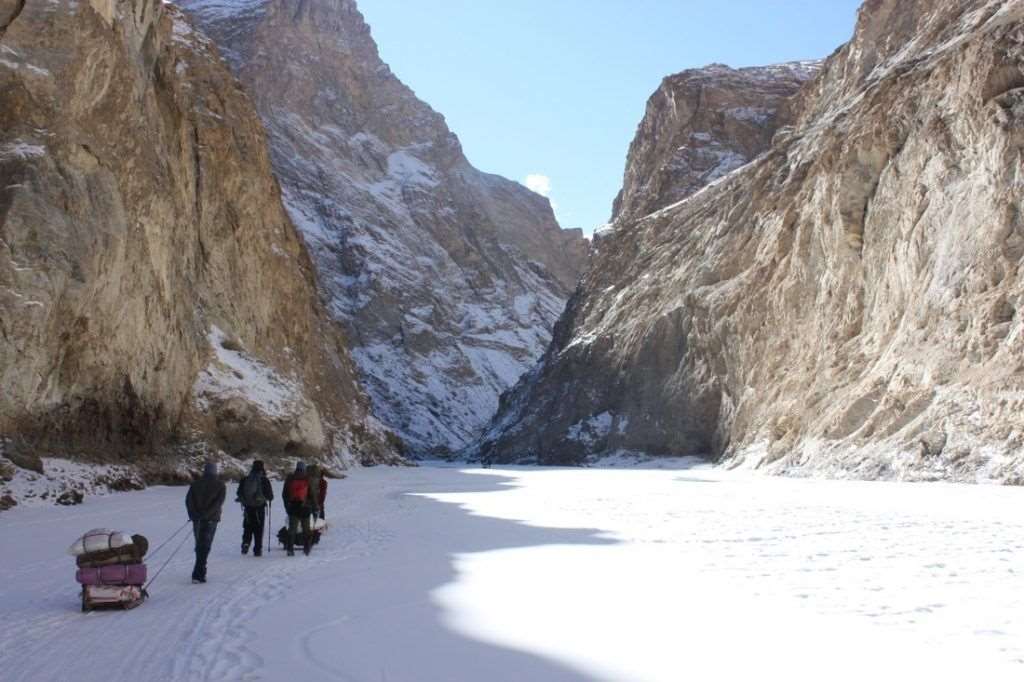
It is appropriate to get all the basic things that you need before landing at Leh; however, you can get astounding woolen warmers and gears here. It is crucial to go through multi-day or two in Leh before beginning the solidified waterway trek, to give your body a chance to get used to the cold weather. Be cautious about slipping on the streets, which might be covered with thin sheets of ice.
Day 2: Tilat Do: Starting Point of Chadar Trek
The beginning stage for the Base Camp is “Chilling“. Drive along the “Leh-Srinagar” Highway for Zanskar, somewhat in front of Zanskar falsehoods Chilling. The finish of Chilling street is the place the Chadar trek begins. Make little strides on the Chadar to get a vibe of the ice underneath. Can the surface be numerous things? Hard frost, crisply fallen snow, recently framed ice or something in the middle. Watch local people and your aides over the underlying two days, copy their steps and don’t diverge alone. In the end, you’ll comprehend the surface beneath your feet.
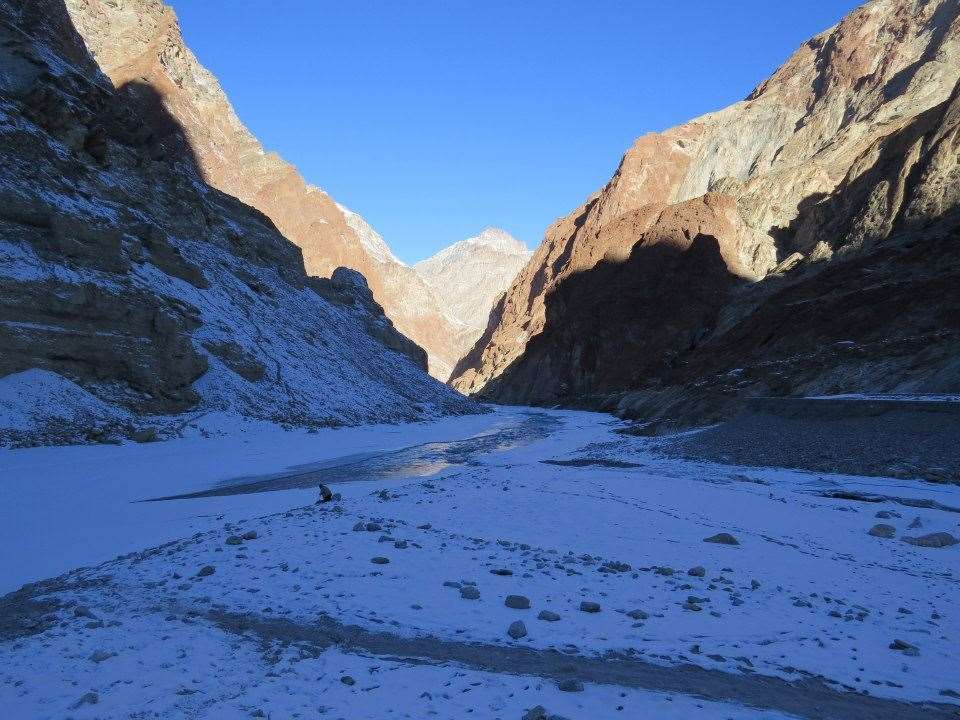
Tilat does an hour’s Trekking In Chadar from Chilling, this will be your first campground, and a pit fire will be entirely welcome. There are a couple of caverns close by that local people use to go through the night. You would in a perfect world be conveying your camping cots to keep you warm throughout the night.
Mornings at the chadar trek are freezing since you venture out of your camping cots, following a warm comfortable night’s rest. Even though the sun is up by 7 am, it’ll be early afternoon till you get any immediate daylight. A fast cup of hot tea, begin your voyage to the following campground? Shingra Koma. It is 10kms away from Tilat. Shingra Koma gets its name from the high density of a plant called Shingra that develops around the campsite.
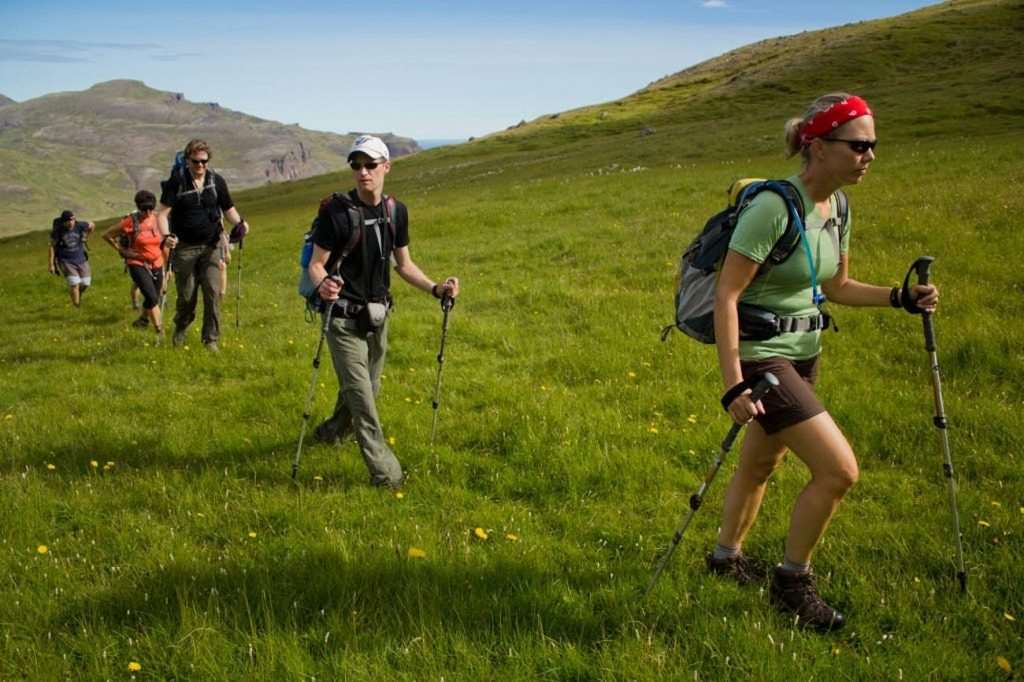
It takes around 6-7 hours from Tilat. As you trek along, watch the hints of the ice underneath you. With a little consideration and practice, you’ll understand the thickness of the ice sheet and separate when it’s a couple of days old and when it’s naturally framed. Halfway, you can stop for lunch close to one of the cavern-like arrangements you would go over. Hot suppers are your best approach. Maggi is a most loved choice, and it’s the least demanding to make. Now and then, you’ll discover local people conveying pots of hot soup, the most pleasant thing you could request on the Chadar trek. Remember to say thanks to them!
Shingra Koma is a beautiful campground, and you’ll achieve early night to watch the nightfall over the mountains. The Zanskar stream takes a sharp turn on the canyon, permitting you the perspective on the crests seemingly within easy reach.
Day 3: Shingra Koma – Tibb, Chadar trek
Shingra Koma to Tibb, the following stop is at a separation of 15 km, which can be canvassed in about 7-8 hours. It’s one of the longest days of the Chadar trek and furthermore generally lovely. After half a day of trekking, you’ll go over a significant waterfall that isn’t totally solidified and small supplication signals on the trees around imprint this spot.
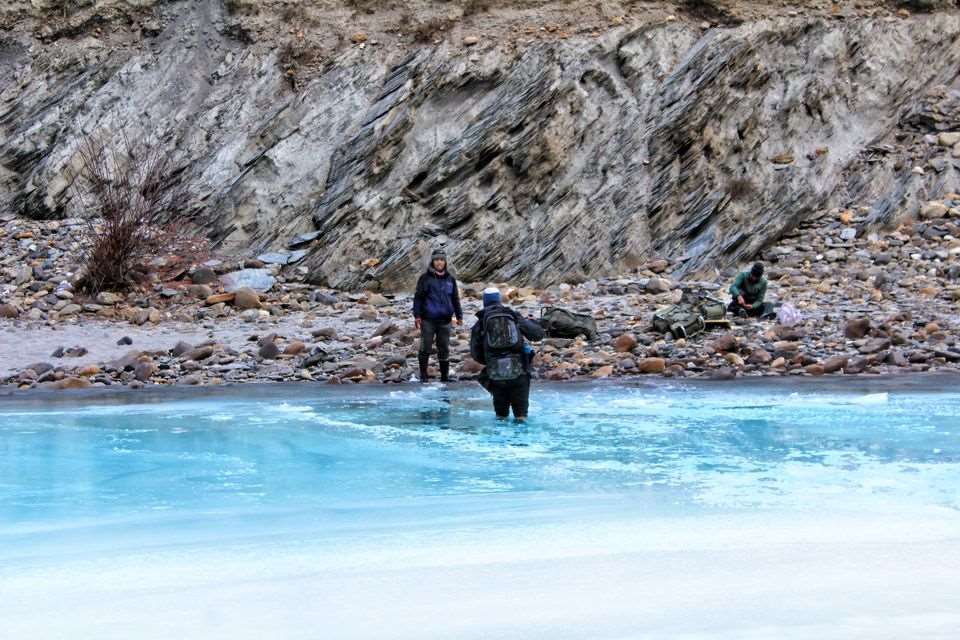
It is said that Nerak once came up short on water and a sacred man went to Kailash to appeal to God for water for his family. On his way back he was conveying a pot of water with two fishes with the guidelines of not holding it down anyplace on the route. But he kept them down and two fishes hopped out to make this enormous cascade. Legend has it that this cascade follows its root back to Kailash. Two or three hours more and you land at the campground. Tibb is an enormous outdoors zone with caverns close by huge enough to fit 7-9 individuals.
Day 4: Towards Nerak for Trekking In Chadar
From Tibb to Nerak, there is a stroll of 7 hours covering around 12 km. This is the day you’ll achieve Nerak’s perfect solidified cascade. The chadar course here is exceptionally pleasant as well, with profound crevasses and bluffs. At this point, you would be acquainted with the chadar trek and ready to completely appreciate the splendid view. A little ahead from the enormous cascade is the Nerak draw or scaffold. It’s an old wooden extension that can hold at least four individuals at any given moment. You show signs of improvement perspective on the cascade from here.
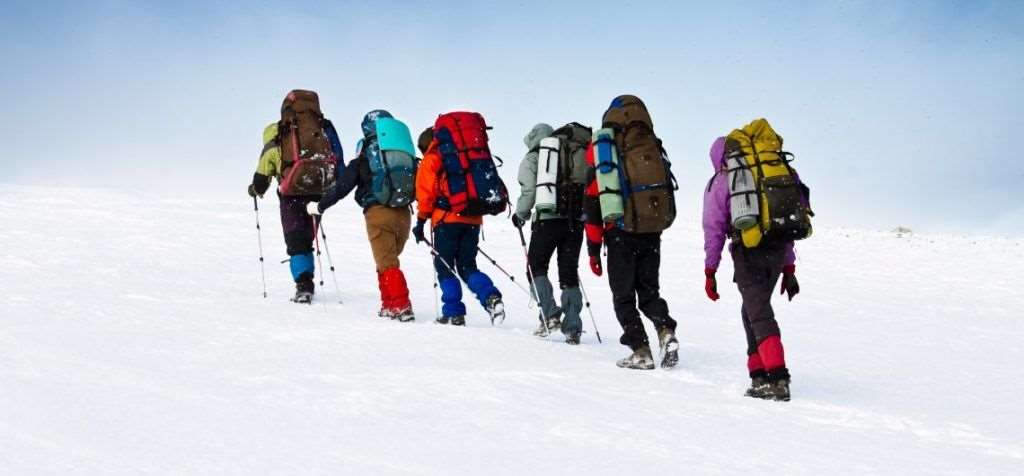
About 20mins ahead, you’ll achieve the Nerak campground. The Nerak town is 2000ft higher, while the camping is 200 ft higher than the waterway bed. Nerak is known for its chilly evenings and shuddering breezes. This would be your coldest night on the solidified waterway trek, with temperatures potentially dropping to – 25 or even lower.
Day 5: The Walk Back to Chilling – End of Chadar Trek
Nerak is your ultimate purpose of the chadar trek, and you begin your arrival venture from here. Even though it might appear that you’ll be remembering your means back to where you started. Be that as it may, the entire elements of the Chadar would have changed through and through.
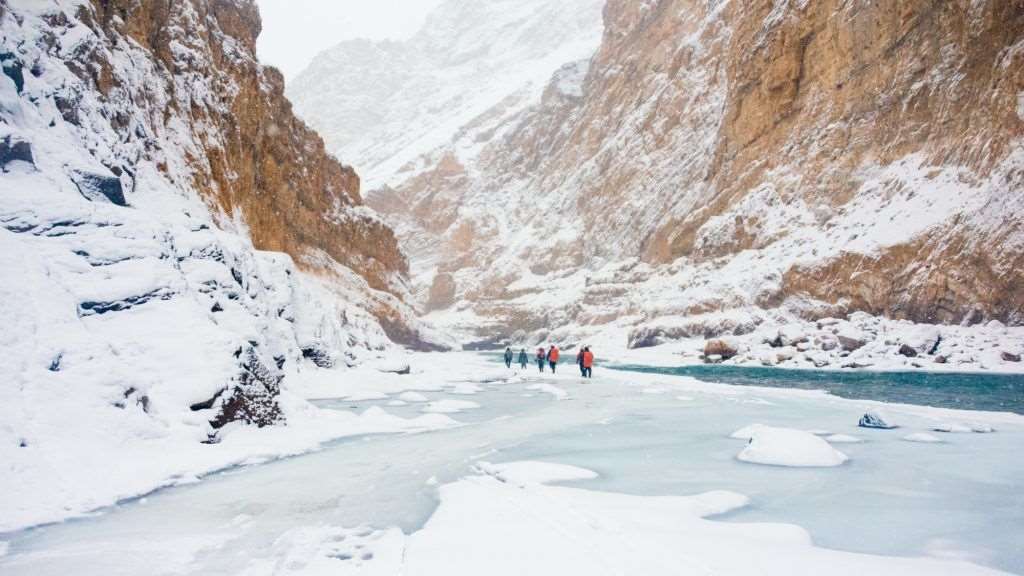
This is one of the uniqueness of this solidified waterway trek, old chadar breaks; there are snowfalls and new chadar shapes always. It changes its structure so frequently that you can’t point a spot you’ve recently been, the day preceding. The Chadar trek is entirely as unique as it sounds. However, it is an undeniably all the more intriguing and improving background that you can envision.
Physical Fitness for Trekking In Chadar
The Chadar Trek is a remarkable stand-out experience. Be that as it may, the unfriendly conditions and a stunning high elevation of 11,123 meters make it a troublesome voyage to embrace. In such circumstances, physical wellness happens to most extreme experiences.
Cardiovascular perseverance
Such a high elevation trek requires healthy lungs. For improving your continuance, you can start by just running each day-at first at a low pace and after that expansion your pace step by step. Set a timer and try to run say 4 kilometers in 40 minutes. It will require some training; however, make a point to accomplish the objective effectively before the trek starts. You can likewise improve your breathing with exercises, for example, cycling, swimming and climbing stairs without an excessive number of breaks in the middle.
Strength
Since you should cover a great deal of separation, on the uneven landscape now and again and not overlook, with your overwhelming rucksack, you will need to fortify your legs. Doing squats is a decent method to guarantee your legs become solid before the beginning of the trek. Three sets of squats, with eight squats in each game, ought to be sufficient to support your legs.
Aside from the previously mentioned exercises, you can likewise do some extending activity extend your shoulders, hamstrings, quadriceps, hip flexors, lower back muscles routinely. This will help you in loosening up your muscles, particularly when you move up the slants.
Packing List
I) Basic Necessities
Trekking shoes: pack trekking shoes with excellent hold and lower leg support, since the trek will, in general, be dangerous at spots. Make a point to pack the correct trek shoe AND NOT sports shoe.
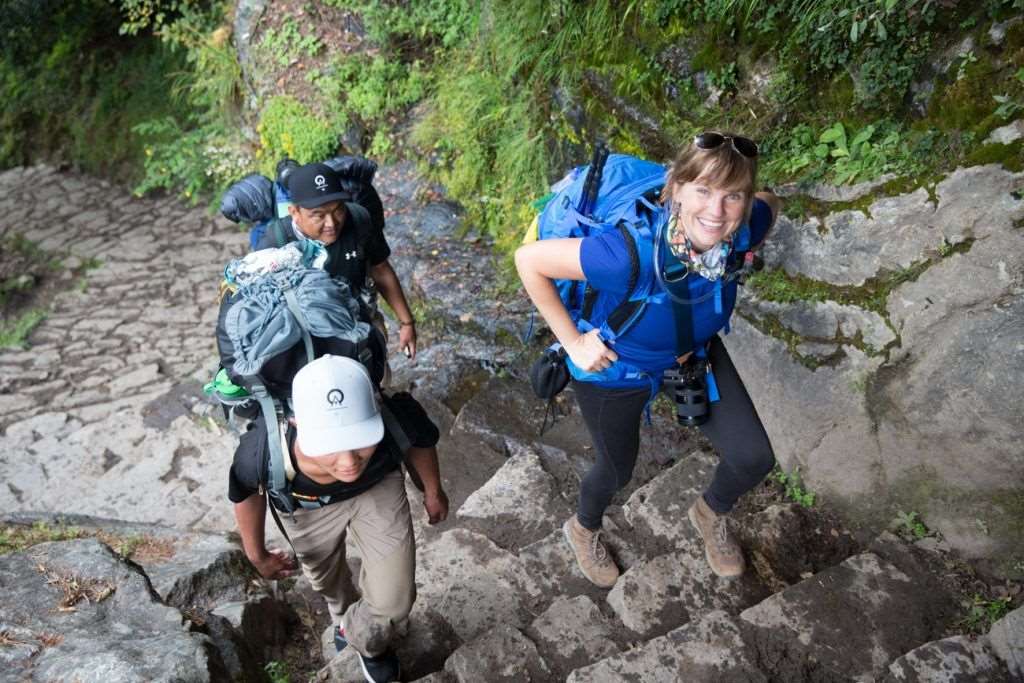
Rucksack (40-60 liters): a knapsack with solid ties and the supporting casing is fundamental. Remember the basic downpour spread for your backpack.
Daypack (20 liters): if there should arise an occurrence of a hybrid trek, for example, this, you need a daypack just on the off chance that you intend to offload your rucksack.
ii) Clothing
Since the Chadar is a 5-day trek, three arrangements of garments ought to be sufficient. Convey two sweaters and a cushioned coat. On the off chance that you are progressively helpless against the cold and on the off chance that it doesn’t wind up hard for you to convey a heavier knapsack, put another sweater or coat.
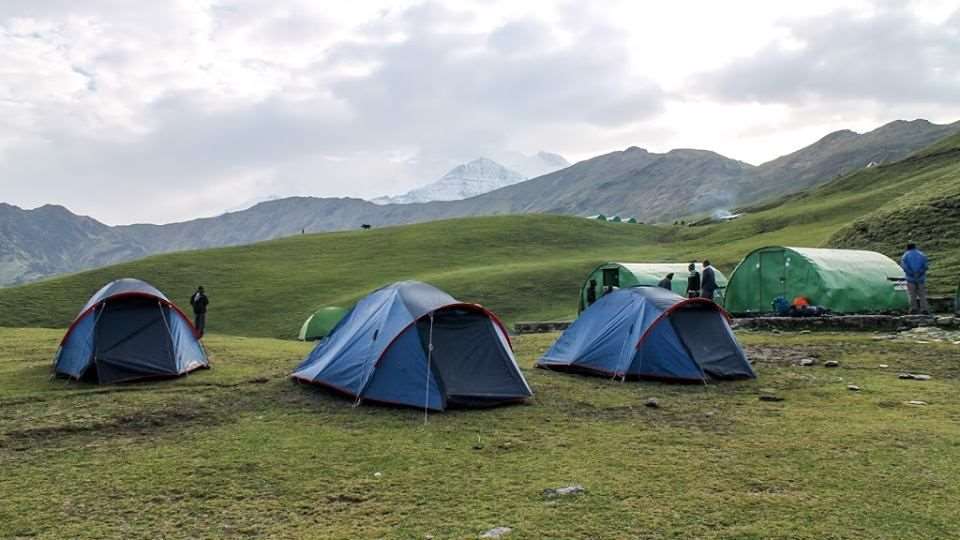
Convey three-light, cotton trek pants-one of which can go about as tights that you can wear as an internal while trekking, particularly on the Pass day.
Convey three lightweights, full-sleeved shirts that will shield your neck and arms from burns from the sun. On the off chance that you are excessively chilly, wear two at any given moment for more protection.
Convey enough thermals, both top and base, to keep yourself warm during the evening. Keep them crisp and don’t wear them while trekking.
Convey two sets of games socks for the trek and a woolen pair for night.
iii) Accessories
Shades are obligatory, particularly in June when Hampta Pass will be brimming with snow and the reflected daylight will cause you to go daze.
Suncap-since, the sunray at that high a height, comes unfiltered with UV beams; sun top is essential to ensure your head.
Engineered hand gloves-woolen hand gloves will get wet when you contact snow. Thus, manufactured gloves are ideal. If you feel cold, you can wear two mitts on the one hand or include wool glove as an inward layer.
Balaclava-to shield heat misfortune from your head
Trekking Pole-a trekking post is an extraordinary frill that will enable you to share the heaviness of your things, just as offer help while strolling in troublesome landscapes and additionally for a more drawn out timeframe.
You can incorporate some different adornments like sunscreen, lip ointment, cream, bathroom tissue, toothbrush and toothpaste. Keep two water bottles-one liter each. It is fitting to convey a lot of cutlery, viz. a lunchbox, espresso cup and spoon, for sterile reasons. Additionally, send some polythene sacks for wrapping wet garments and keeping things organized.
iv) Medicines
Convey least one portion for every day, for fever, movement ailment, elevation disorder, sensitivity, painkiller, loose bowels, sharpness, acid reflux. Convey crepe wraps, cloth, bandages, cotton, ORS, germicide creams and relief from discomfort splash or balm.
Necessary Documents while Trekking In Chadar
- Unique and photocopy of government-endorsed ID confirmation
- Therapeutic authentication and disclaimer to be filled by the trekker
- Therapeutic authentication to be supplied by the specialist
Best time to visit:
January to March
So lastly, if you are looking for an adventurous trip, with excitement and enjoyment level to its fullest then this trip is for you, as this is the one trip that will always be staying closer to your heart and mind.

